Ladder testing and why it most likely won’t be a good use of your time and ammunition
This is a follow up to my post in @Bagheera ’s thread on the reasons forum members might decide to re-run a ladder test. I got a bit sidetracked as to why I didn’t think there was a good reason for shooting ladders in the first place, let alone repeating the process. So when in that thread @Rossi45 asked the question:
I thought I’d pull what was intended as a follow-up into a separate thread and base my explanation around some model examples.
Let’s start out then with a perfect rifle firing perfect ammunition and use this to shoot an imaginary ladder. The rifle is perfect because it will put ammunition that is all exactly the same into the same hole every time, no spread whatsoever. The ammunition is also perfect because having decided on the range of charge weights to be used to shoot the ladder, these are able to be weighed out exactly and no other parameters of the ammo vary between each of the loads.
The ladder is going to be shot in 0.2 grain steps, nine shots in all. There is no need to build this example around shooting groups at each charge weight. With perfect equipment single shots are equally as good since there are no dispersion factors to allow for. I’ve come up with the pattern below that can be used to demonstrate interesting aspects of ladder testing. The grid shown is ½ MoA. Let’s say the target is at 200 yards. That makes the bullet holes below about 6.5mm across. The powder weights themselves have been added mainly as labels. Maybe the fictitious rifle is chambered in 260AI or similar.
Completely hypothetical and unrealistic but with the perfect-rifle-and-perfect- ammunition combination any load provides the same precision as any other – that is multiple shots at a fixed powder weight always form a single hole at the positions shown.
The impact centres can now be plotted and a path of best fit applied by interpolation.
With reference to the charge weight labels, between 44.5gr and 44.7gr at the bottom of the drawing there appears to be a horizontal null, but there isn’t in the vertical direction – in fact the points of impact are tracking upwards quite rapidly with increasing powder charge.
However between 45.3gr and 45.5gr the barrel appears to have reached the far end of its travel in a horizontal sense and is undergoing a reversal, while at the same time the rate of vertical point-of-impact rise with increasing powder has slowed right down. Few would disagree that a 45.4 grain load looks to be at the centre of a very nice ladder node.
Now we have this information another “shoot” is carried out with many shots at each of three different powder charges within this range to see what benefits operating at a ladder node confers.
The three loads chosen are 44.8gr, 45.4gr, and 46.0gr. The imaginary perfect rifle will still be assumed, but the quality of the ammunition will be relaxed back towards real life. The introduced variation in the ammunition is equivalent to ± 0.1 grains of powder around the nominal powder charge figures. You may disagree but I think this still describes excellent ammunition. If all reloading and ballistic variables in the ammo could be combined and equated to a ± 0.1gr powder variation then .260 shooters would tell us we would typically be expecting muzzle velocity ES close to 14ft/sec. Here is the target we would expect to see:
It can be seen that this ammunition is still restricted to hitting along segments of the line traced in drawing B. The spread along the line is a result of the newly introduced variability in the powder charges. For example each round of the 46.0gr ammo may contain anywhere between 45.9gr and 46.1gr of powder, so the trace at the top showing where the imaginary shots hit the target must necessarily stretch between these two positions copied over from drawing B. The 0.2gr spread from B has also been copied over for the other two loads centred on 45.4gr and 44.8gr. We are still using the perfect rifle however so there is no other source of variation. The lines of shots are still only one calibre wide. The benefit of loading for the ladder node centred on the charge weight of 45.4grains is obvious.
From my previous post on the reasons for wanting to operate at a ladder node:
“...variation in the ammunition will have a lower impact on the change in position of the shots on average than it might otherwise have if ammunition was loaded to be away from a ladder node.”
Now the perfect rifle can be substituted with a “real” one. This change is intended to allow examples to be built up that support an assertions made in my earlier post in the other thread: that it becomes progressively less likely that useful information can be extracted from a ladder test as the behaviour of the rifle and ammunition declines from the above perfect example.
So we move to a simulated rifle modelled on more realistic properties, still a very good one however. With the right load it will put 90% of shots into ¼ MoA at 200 yards with perfect ammunition. Not your average hunting rifle then. I’ll set it up to do this for a powder charge of 44.7gr. At 44.5gr it shoots ½ MoA. I just made these figures up for the purposes of this example. 90% probability boundaries can be drawn around the original points that now represent group centres.
For this rifle it seems fair to have it shooting maybe as poorly as ¾ MoA groups for a load it doesn’t like. I’ll make this at 45.7gr. The other powder charges can deliver groups between the two extremes as shown in diagram E below where all the probability boundaries have been added.
Now the imaginary ladder test is repeated using nine shots again, one for each charge weight as it was for A. Note that the shot loaded with 44.7 grains of powder hits the target very close to where it did from the perfect rifle because (as was decided earlier) accuracy remains very good for this load. For the other charge weights I’ve spread the individual shots around a bit within their allowable limits – still mainly close to the group centres though as the expected distribution profile requires.
The problem that is beginning to appear is that the positions where individual shots hit may no longer be particularly good representations of the true group centres. The shots around the previously identified ladder node in particular are starting to become a bit jumbled. It’s not too bad a situation however since probability is in favour of shots still falling close to the group centres. There is likely to be the odd shot throwing a spanner into the works that could perhaps in combination with its adjacent charge weight be incorrectly interpreted as a node. Actually since we were dealing with 90% probability boundaries then over nine shots there is more than an even chance of one or more shots shot falling completely outside their respective boundaries. Remember too that in the real world we would not have the benefit of the understanding provided originally by the perfect rifle and ammunition - target F above would become our starting point.
ACTUALLY IT WOULDN’T. No, the situation would be worse than this because in all the excitement I forgot that I was still placing the shots in F. using THE PERFECT AMMUNITION.
So it is back to the drawing package and diagram E needs to be modified to extend the regions where a shot could likely fall for each nominal powder charge. I’ve started doing this in drawing G - for the “real” rifle AND the “real” ammunition.
I’ve only added two of the extended regions as the drawing would rapidly becoming a mess to interpret at this stage with more. The ammo loaded for 44.9gr - now having the equivalent of a ± 0.1gr tolerance - could range between 44.8gr and 45.0gr. The extremities of the boundaries may look to be wider than this but are in fact centred on these two values. The same has been applied to the other load drawn in and centred at 45.9gr. For the mathematically inclined it will be clear that these probability regions are only indicative for now because to simplify things I’ve given the ammo a uniform distribution between the upper and lower weight limits.
No point really in completing this drawing or posting another drawing of a fictitious ladder of the nine shots as I did in F. What is becoming clear is that in the real world when targets like these form the starting point for a conventional ladder interpretation, the chances of extracting anything meaningful can be... unlikely. This simulation is for a high performing target rifle with match ammo too. Picture the drawing G above with 1 MoA distributions from the rifle for many of the loads and with the ammo also more variable, then visualise the possible fall of the nine shots.
Here was another assertion I made earlier:
Even if a genuine ladder node could for found, for real rifles with real ammo, it is a more effective use of time and ammo to instead find and shoot a load within the velocity range required that provides the smallest group by circular/random distribution. Operating at this type of node will improve the chances of single or multiple shots hitting close to the point of aim far more than at a ladder node – often dramatically so.
And this too can be demonstrated as follows. Sticking with the same real rifle with real ammo with the same properties: if by good fortune the fall of the shots in the ladder test had allowed us to deduce correctly that a ladder node was at 45.4gr as it has been throughout all these examples, and from some other methods of testing - shooting for groups say - we knew that a load of 44.7gr shot ¼ MoA, again as in the earlier example (see E.), then let’s compare what these two particular loads might look like on a target after many shots are fired for each.
Here we see the 90% probability regions for ammunition loaded for the ladder node (darker orange) and for the powder weight that provides the tightest groups in a circular/random sense (light orange). This is for ammunition loaded with the previously described ± 0.1gr weighing tolerance, and unlike in G I’ve made an effort here to better predict the shape of the combined distributions (rifle and ammo superimposed). Certainly at the ladder node the centre of the group barely moves as before, so the distribution remains close to circular, but is around 0.6 MoA.
Despite the other load being clearly more sensitive to variations in the ammo, it will still provides better results. As the consistency of the ammo is improved, so does the performance margin of the lighter orange load over the darker.
Yes of course I was careful to make sure in my examples that the locations of the two different types of node did not coincide. And I let the rifle shoot 0.6MoA at the ladder node. Have I unfairly hamstrung ladder testing in the examples? I don’t think so. What are the chances of the two types of node actually coinciding? If you are fortunate enough to have a ladder node occurring for the same charge weight as a group size minimum then you are very lucky indeed.
Is a ladder test useful for anything?
As has been posted recently by several on here, if loads are being incrementally increased while looking for the onset of pressure signs why not shoot at a target. Just don’t read something into the pattern of shots that has only been thrown up by chance.
If you simply won’t be deterred from the concept of ladder testing then do I think there are any steps that can be taken to improve the chances of getting meaningful results on the target?
— Only test rifles that tend towards the earlier perfect rifle and shoot small groups with most or all of the test loads. (No, finding loads that shoot small groups is not why we are shooting a ladder in the first place. If you still think this you need to go back to GO and not collect $200.)
— Go with the OCW method and shoot 5-6 shot groups at each charge weight rather than single shots and so average out both the variation in the rifle and the ammunition. You may choose to shoot these groups Round-Robin as a means of also averaging other variation occurring throughout the test shoot.
— Prepare and use the best ammunition you can manufacture.
— Shoot the ladder at longer ranges. Ideally groups will only become proportionally larger at longer ranges (ie a 1MoA group at 100m will remain so at 300 or 400m, whereas drop increases by a little under the square of distance, so the ladder will spread out faster than the areas within which each shot could fall and so be easier to interpret correctly.
— Only ladder test rifles where the barrel moves the impact points around a lot with different charge weights. This also spreads out the shots across the target and improves the chances of the bunching up of shots being the result of a genuine ladder node rather than a chance occurrence.
Welcome guest, is this your first visit? Create Account now to join.
Welcome to the NZ Hunting and Shooting Forums.
Search Forums
User Tag List
Results 1 to 15 of 15
Thread: Ladder Testing
Threaded View
-
04-11-2018, 04:20 PM #1
Ladder Testing
Similar Threads
-
First Time Ladder Testing - 260 rem
By nak in forum Reloading and BallisticsReplies: 8Last Post: 16-03-2018, 10:12 AM -
Where to from here (ladder test)
By PerazziSC3 in forum Reloading and BallisticsReplies: 5Last Post: 28-11-2017, 11:58 AM -
223 ladder test
By 25/08IMP in forum Firearms, Optics and AccessoriesReplies: 4Last Post: 17-12-2015, 09:09 PM -
Starting a Ladder for T3 7mm Rem Mag with 162gr A-max's
By Carpe Diem in forum Reloading and BallisticsReplies: 18Last Post: 20-10-2014, 10:00 PM -
Interpreting a Ladder Test
By P38 in forum Reloading and BallisticsReplies: 36Last Post: 17-04-2014, 12:10 AM
Tags for this Thread
Welcome to NZ Hunting and Shooting Forums! We see you're new here, or arn't logged in. Create an account, and Login for full access including our FREE BUY and SELL section Register NOW!!




 37Likes
37Likes LinkBack URL
LinkBack URL About LinkBacks
About LinkBacks
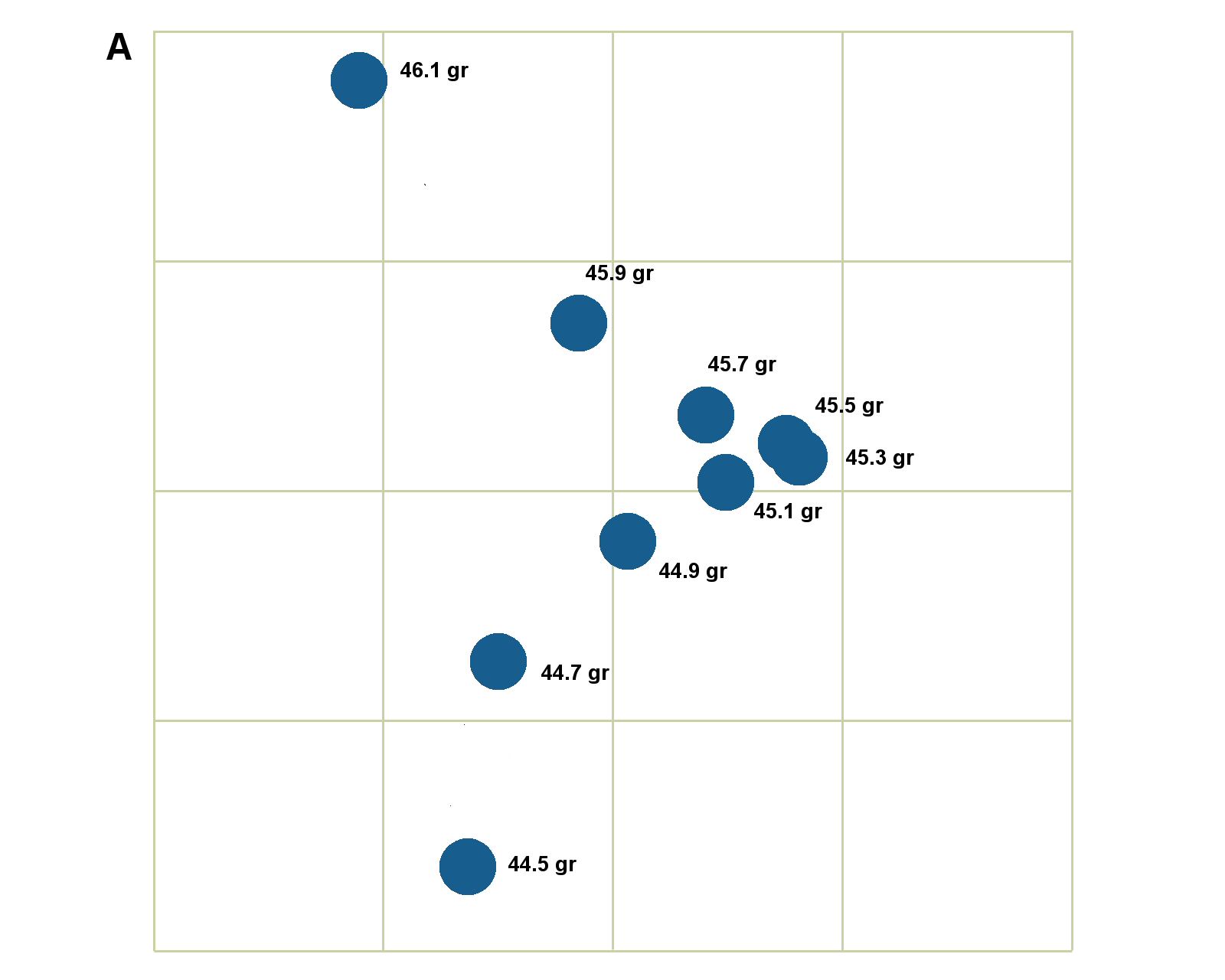
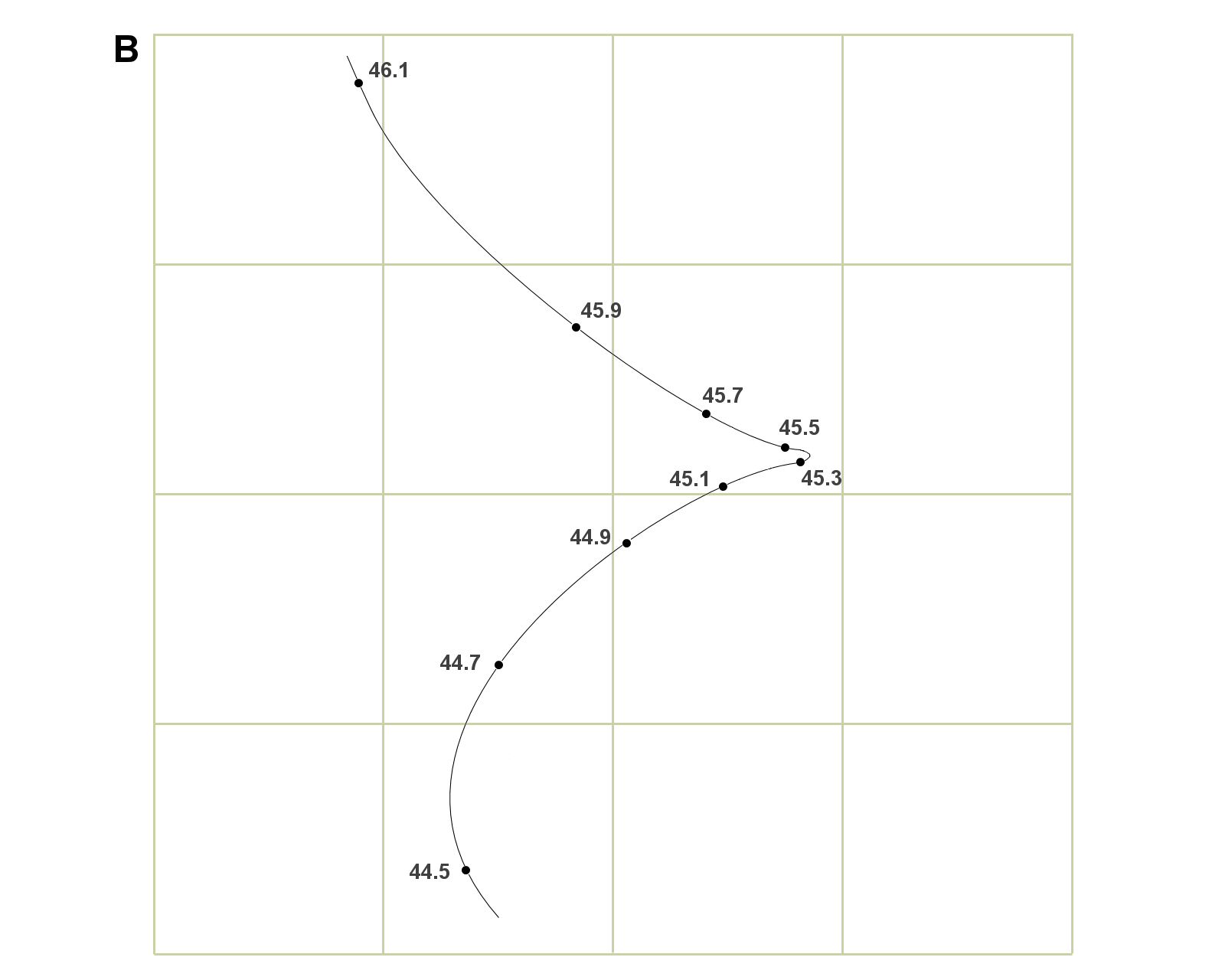
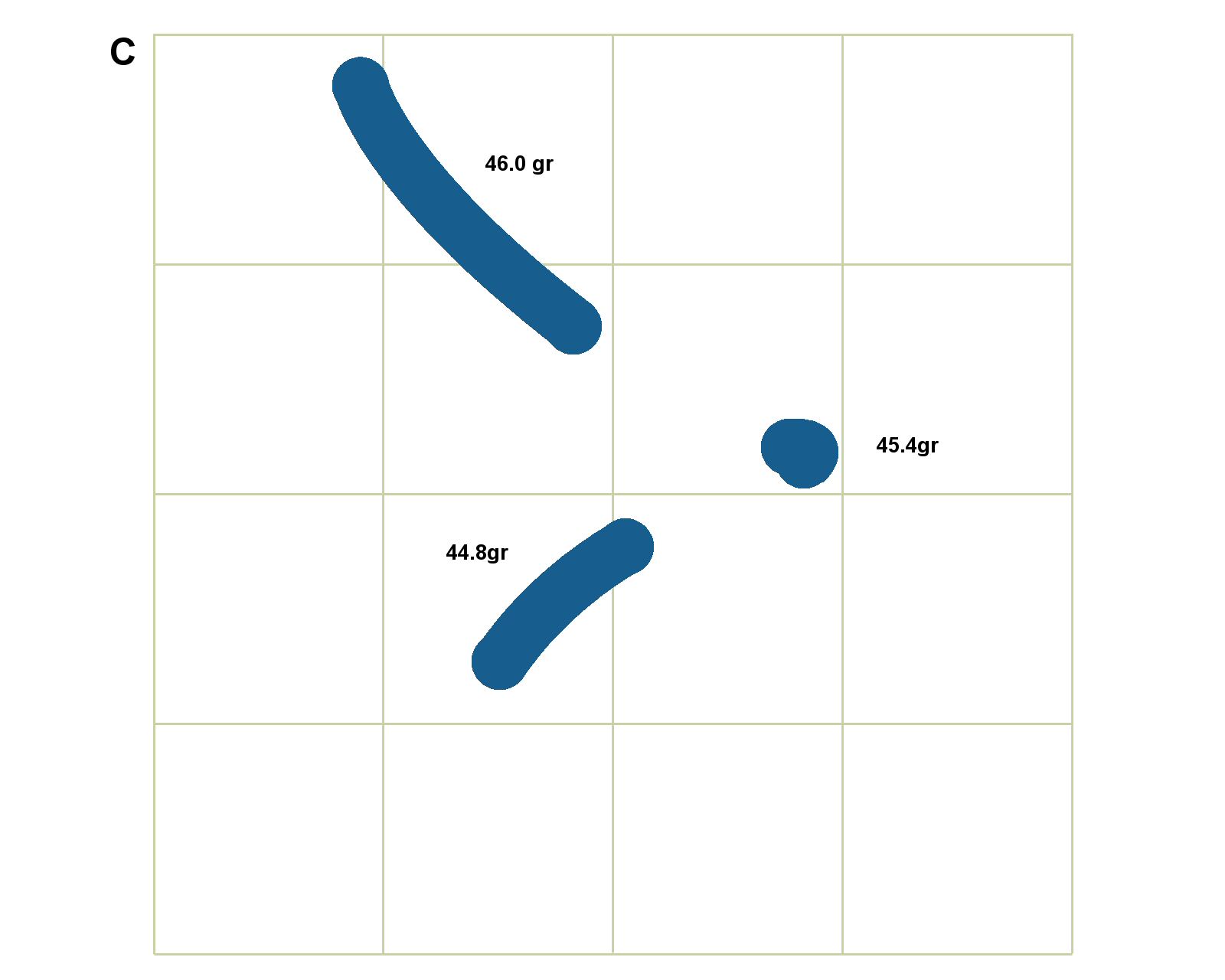
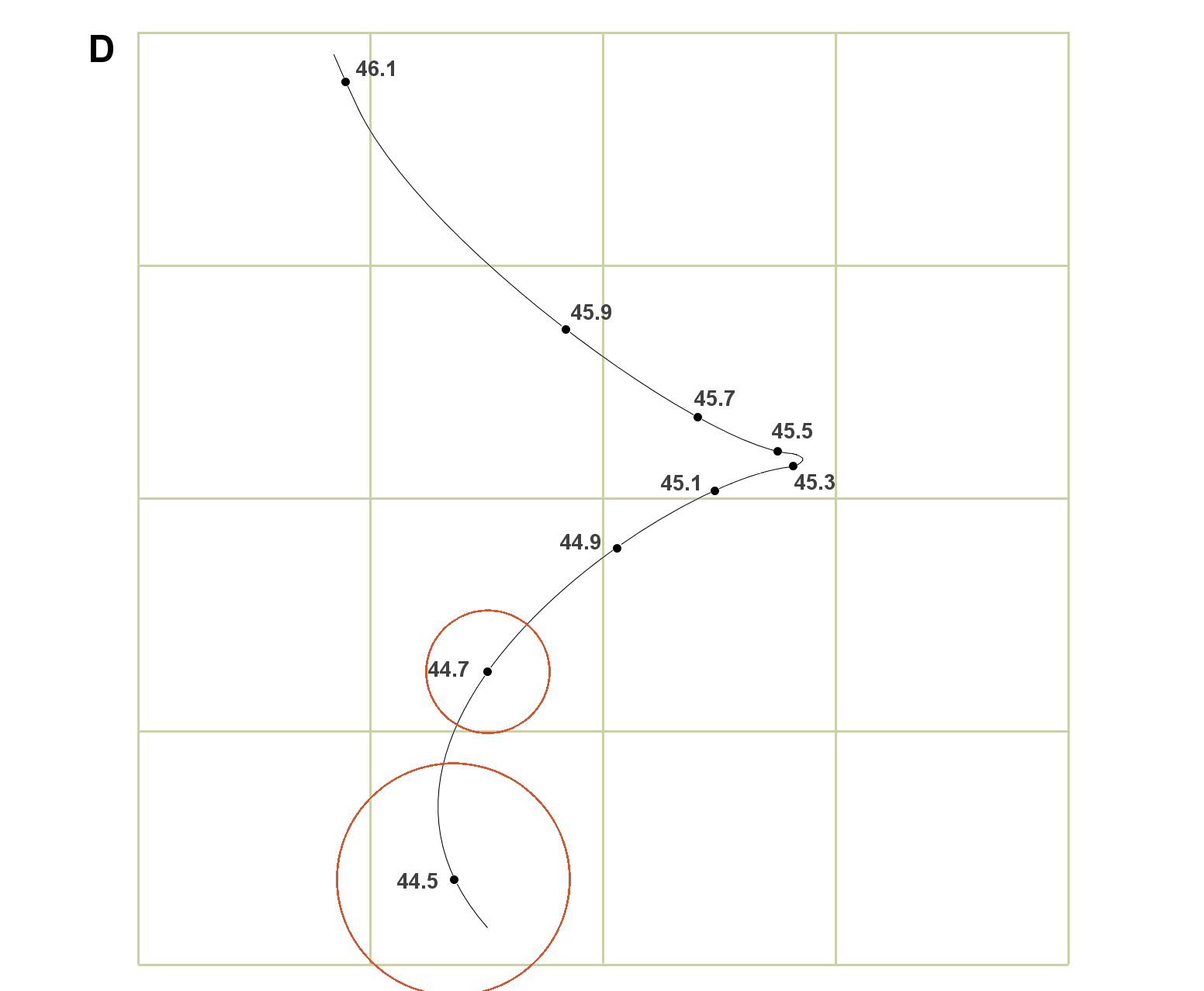
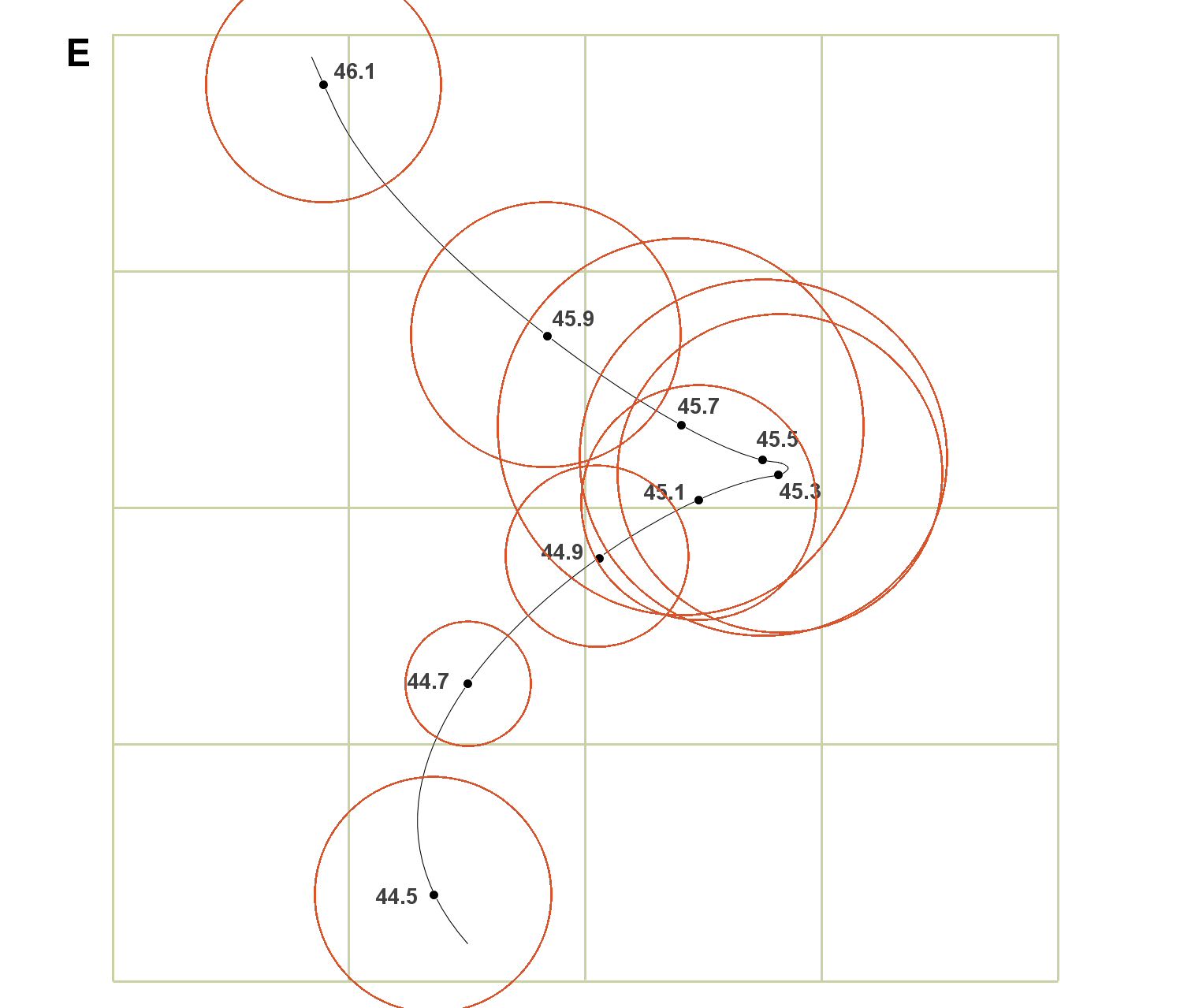
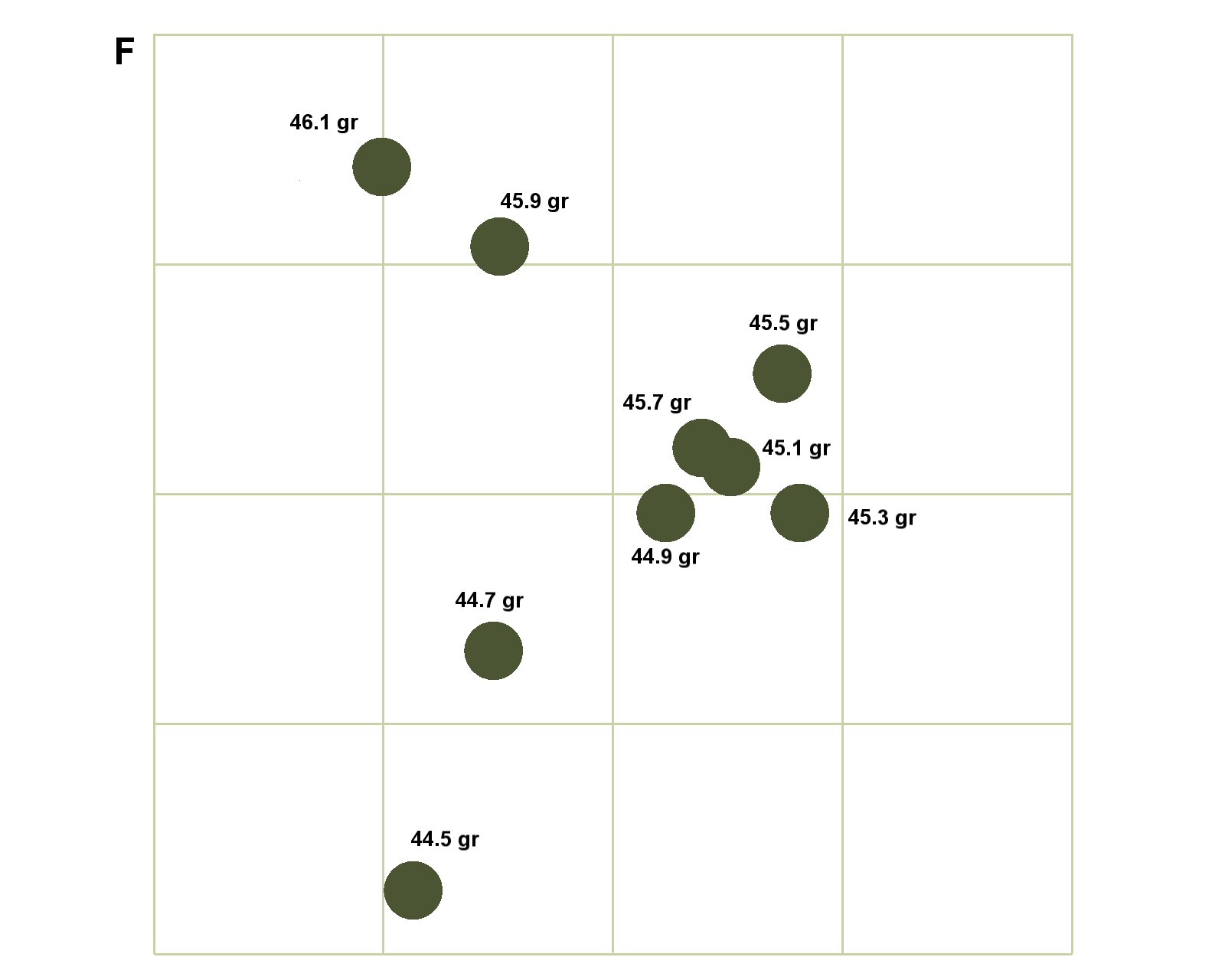
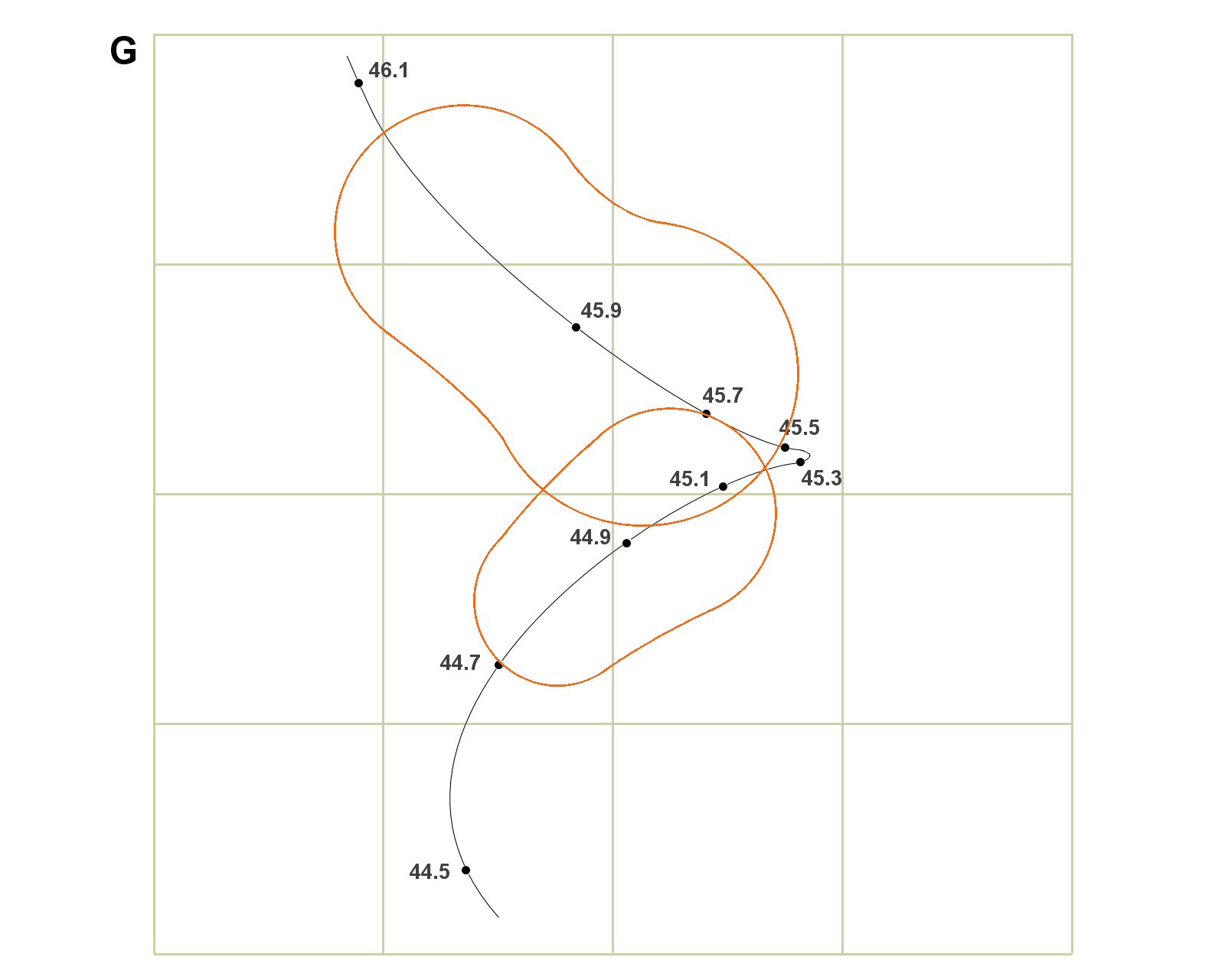
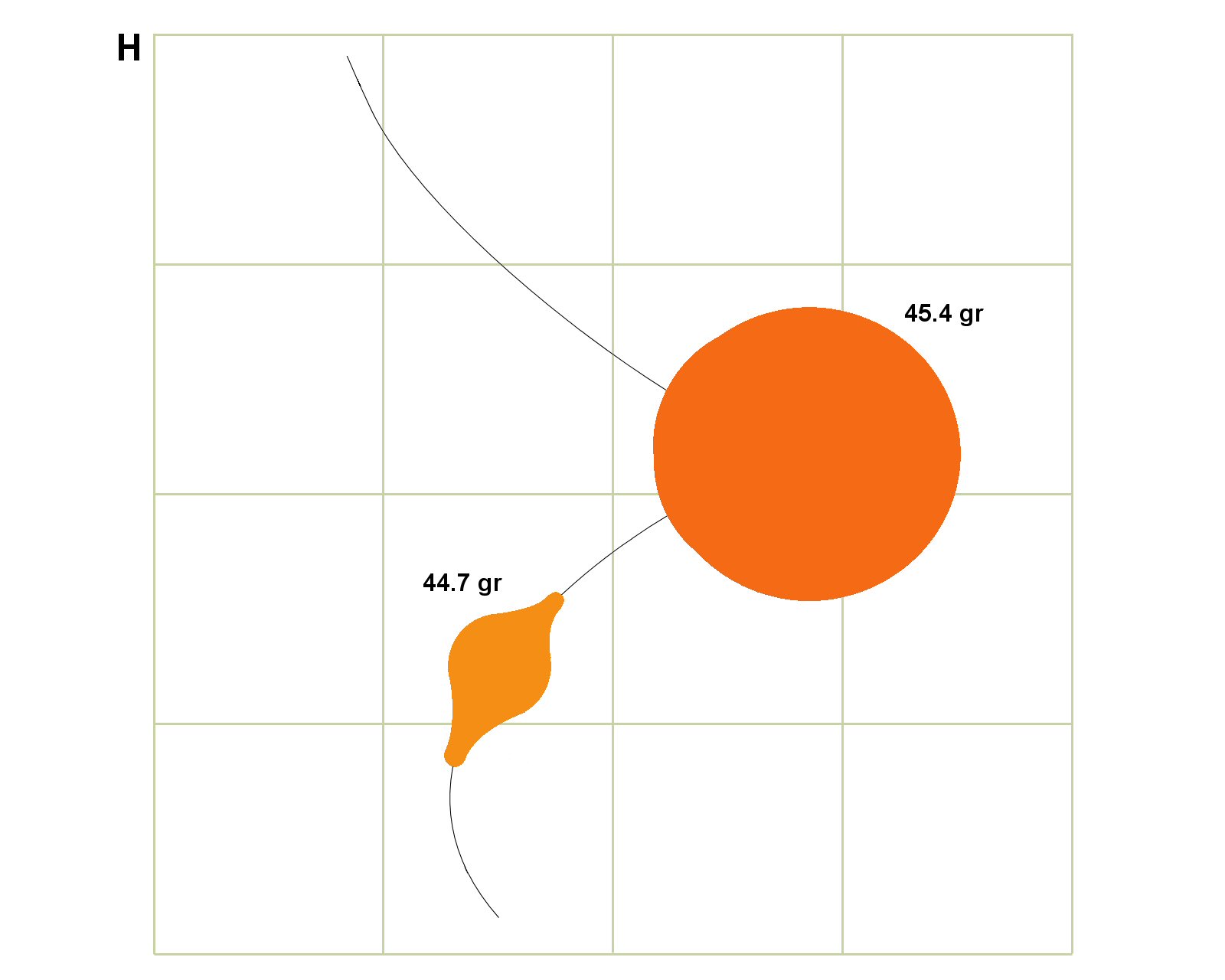





 Reply With Quote
Reply With Quote


Bookmarks